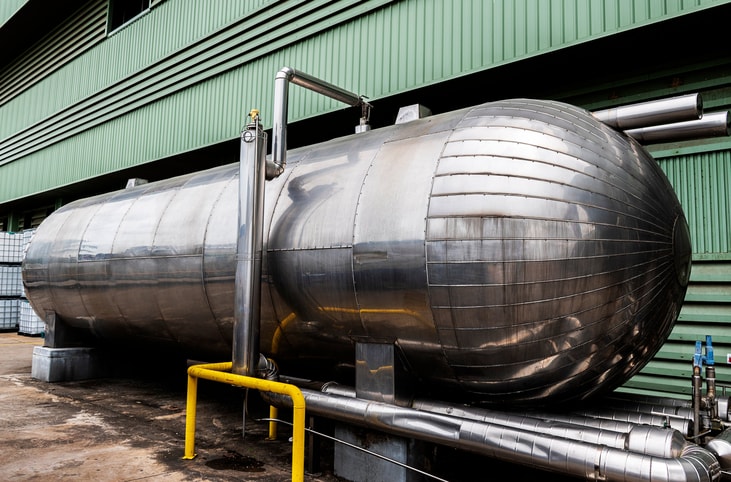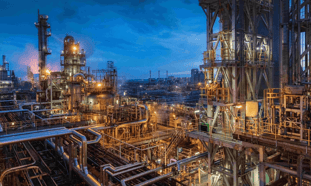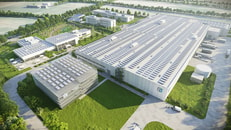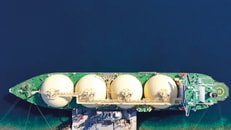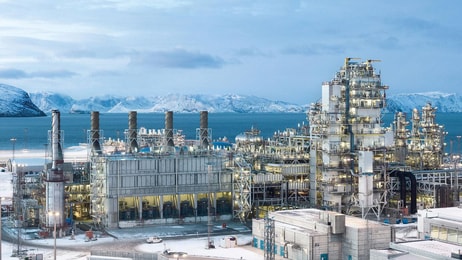Ammonia absorption refrigeration for CO2 liquefaction
There are many examples of how waste heat is recovered to ensure energy efficiency. For example, domestic condensing boilers recover low-grade heat from the combustion flue gases to pre-heat the returning central heating water optimise their energy efficiency for space heating applications.
Despite measures to recover as much usable energy from the process as possible, many industrial processes such as steel production, cement making, and power generation result in ‘waste heat’. This is energy that is left over from the process which is available at lower temperature than can usefully be utilised in the main process. The waste heat is often released to the atmosphere via colling towers.
The concept of process integration means that waste from one process is used as a useful input to another. A fascinating example of waste heat utilisation is the use of high temperature heat pumps to elevate the temperature of waste heat to a useful level. For example, to generate steam at 120°C from waste heat at only 80°C. Another application of waste heat recovery is to drive a refrigeration cycle to create deep cold temperatures.
... to continue reading you must be subscribed

